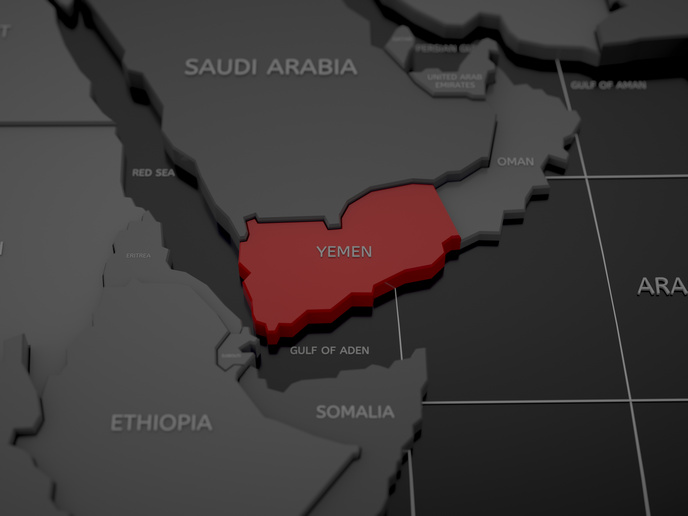Dutch exhibits open rare window into Yemen
Civil war and a humanitarian crisis are the issues that in recent decades have drawn public attention to Yemen, one of the Arab world’s poorest countries whose geographical, religious and social complexities have ultimately resulted in state failure. However, Yemen has a much richer history than news reports allow us to see. A recently launched online exhibition now presents the region’s complex history, and particularly the role that the Netherlands played in it. Titled ‘Yemen through a Dutch lens’, the exhibition is part of the EU-funded EMStaD YEMEN project that focuses mainly on the history of northern Yemen, a region ruled by a Shiʿi sect called the Zaydis since the 10th century CE. It is investigating how the country achieved stability between the 16th and 19th centuries, yet struggles with similar conditions that are hampering its development today. The exhibition showcases some of the project’s findings using manuscripts, maps and photographs from the Leiden University Libraries (UBL) collection. As noted on a UBL web page introducing the exhibition, the Dutch connection to Yemen goes as far back as the early 17th century, when merchants from the Netherlands stopped at the Yemeni port of Mocha to buy coffee, a commodity that was becoming more and more popular. “When Dutch merchants first reached Yemen,” reports the article, “it was a province of the Ottoman Empire. However, within a few years after their arrival, it became an independent state again, as it had been before the Ottoman conquests of the sixteenth century. This dramatic transformation, a small country ousting a major early modern empire, was possible due to the strength of local political traditions.”
Through Dutch eyes
In the centuries that followed, Yemen became increasingly difficult to access, only opening its doors to the West again in the 1930s. Among the many people who visited the country then were Cornelis Adriaanse, the Dutch chargé d’affaires in the Saudi Arabian city of Jeddah, and the Dutch engineer Gellius Flieringa. After the signing of the Dutch-Yemeni treaty in 1933, Adriaanse and Flieringa were invited to Yemen by the country’s ruler, Imam Yaḥyā Ḥamīd al-Dīn. “The Imam was looking for a path forward for his country: how to take the most from the things that modernity and Western know-how were offering while keeping the traditional state, headed by descendants of the Prophet? Gellius Flieringa was invited to visit Yemen twice to answer some specific questions about Yemen’s infrastructure and oil potential. He compiled a report for the Dutch government about his discoveries and wrote a diary about his travels.” The two Dutchmen’s photographs, letters and reports provide insight into Yemeni society and politics during this period of time. The exhibition supported by EMStaD YEMEN (Early Modern State Development in Yemen) offers the unique opportunity to see Yemen through the eyes of Flieringa and Adriaanse, “changing but keeping its traditions.” In addition to the exhibition, the project will also disseminate its findings through specialist publications and blog posts. For more information, please see: EMStaD YEMEN project web page
Keywords
EMStaD YEMEN, Yemen, Yemeni, the Netherlands, exhibition, history, coffee



